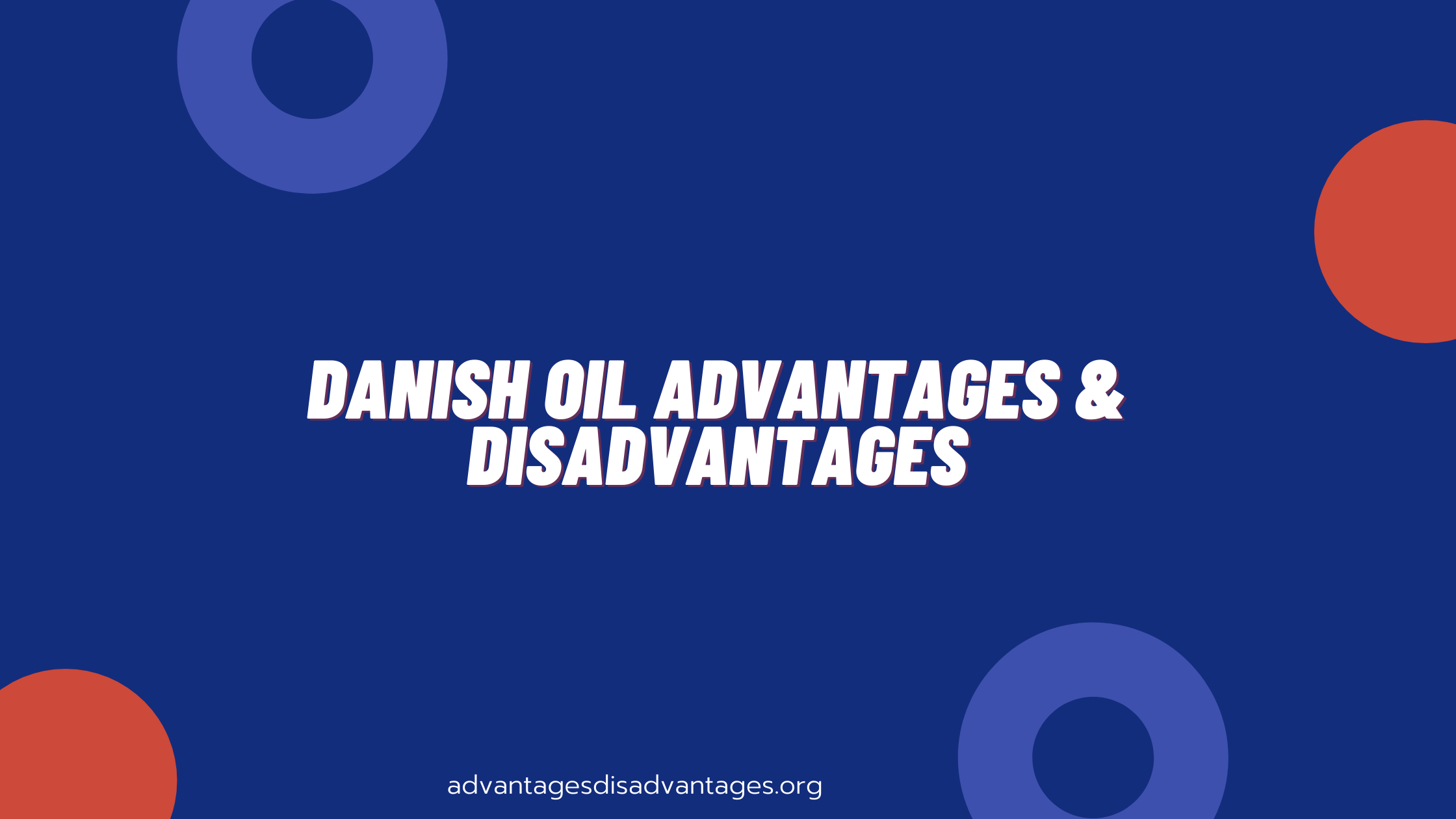Health
Danish Oil Advantage and Disadvantage

Do you know about Danish Oil Advantage and Disadvantage? Danish oil is intended for finishing because it comprises a large proportion of mineral oil. This large percentage is a strong cleaning oil. The natural oil in Danish will start to overcome, the wood will not get sticky and will stay dry anti oils can make the wood decay over time. The smartest way is, it’s always going to bring out the charm to furniture.
Other advantages of Danish oil are that it offers high resistance to something like a chemical process, protects your wood from scratching, and does not change color over time. It also secures you from all kinds of heat and scratches.
Table of Contents
How to Apply Danish Oil:
Until applying, make sure that the sanded smooth is finished and that the layer of the wood is flawless. Remove all the dirt from the floor. You may also use a cling tool to clean any micro-particles of dirt.
To prevent irritation, always begin your job, where the atmosphere is clean and calm. Other than that, the position should be well ventilated at room temperature. Use a piece of fabric or any extractor to apply the first coating. Leave the wood for thirty min. After that, add the Danish finish again. Make sure the first coating has already been absorbed into the wood. You can even add layers before you’re satisfied! More layers are going to make the surface even.
Danish Oil Advantage and Disadvantage
Advantages of Danish Oil:
-
Improves the Texture:
Due to its wood absorption properties, Danish finishing protects the wood not only from the outside but also strongly protects the wood from the inside. It nurtures and treats the wood from the inside. This product of Danish oil gives an extra dimension to the beauty and charm of the woods.
-
Easy to Apply:
The Danish finish is really comfortable. You’ve already come to understand how its functionality runs. You need to remember are that you always add this oil to the surface of your wood and apply at least 3 adhesives for an excellent tint.
-
Water Resistent:
Danish oil coating is water and liquid resistant. Since the fibers include the elements of polymerization, they have a strong texture on dried. Danish oil is known as hard-drying oil because, when the fragments react with oxygen in the air, they are polymerized into a solid sheet.
-
Flexible:
It’s really getting tough after polymerization, but it still has the fantastic quality of being flexible. Suppose that your wood stretches or contracting, for whatever reason, do not influence your finishing because of elasticity. The oil finish is also going to expand with your wood. If you use Danish oil, you won’t find any marks on your wood.
-
Used as an Abstract:
It also has the benefit of being used as a primer. A Danish oil primer may be used on bare wood before being exposed to some kind of paint. It will improve the quality of your paint, and will not cause your coating to be harmed. It ensures higher quality adhesion by externally and mechanically connecting the paint to the floor.
The disadvantages of Danish Oil:
There are few drawbacks with regard to the application of the Danish oil finish.
-
Daily Maintenance:
A major downside to the use of Danish oil is that it needs consistent and diligent defense. This repair allows the wood to be cleaned for the quality of your wood. It also involves refreshing your wood with the same oil finish.
-
Time-consumption:
It’s taking a lot of time. The explanation is that when using Danish oil, sanding must be done before the first coating and the estimated drying time for each coating can be 3-4 days.
Drying depends entirely on which form of Danish oil you are using. Accepting a proper view of your wood, it is suggested to use at least 4-5 layers of coating.
-
Very little lifespan:
Danish oil does not make a very healthy, long-lasting finish. Compared to the majority of other oils, the percentage of longevity is very poor. Reliability rate also influences its sensitivity to dirt and can be quickly rubbed over time.
It is also less safe compared to other finishes, such as paint or varnish, which could be a better option for certain particular items that we use more.
-
Spontaneous Fighting:
It is clear that when open to sunlight, Danish oil is becoming more and more difficult, and is a benefit rather than a drawback. But exothermic reaction can result in fire which becomes dangerous.
Conclusion:
Based on the Danish Oil Advantage and Disadvantage, we would suggest that it be used in new forests in which all circumstances are appropriate. It’s clear that it provides a really good result for wood finishing and makes the wood look richer. Its absorption power is high and safe for use in children’s toys. It is very inexpensive as well as very easy to apply the technique.

-

 Health5 years ago
Health5 years agoAdvantages and Disadvantages of Milk
-

 Tech4 years ago
Tech4 years ago6 Tips to Improving E-Commerce Websites
-

 Home5 years ago
Home5 years agoAdvantages and Disadvantages of Village Life in Points
-

 Travel5 years ago
Travel5 years agoAdvantages and Disadvantage of Travelling
-

 Sports3 years ago
Sports3 years agoThe benefits of playing an online live casino
-

 Tech5 years ago
Tech5 years ago10+ Advantages and Disadvantages of Mobile Phones in Points
-

 Tech5 years ago
Tech5 years agoEssay on Advantages and Disadvantages of Offline Shopping
-

 Tech5 years ago
Tech5 years ago8+ Advantages and Disadvantages of Motorcycle |Having Bike